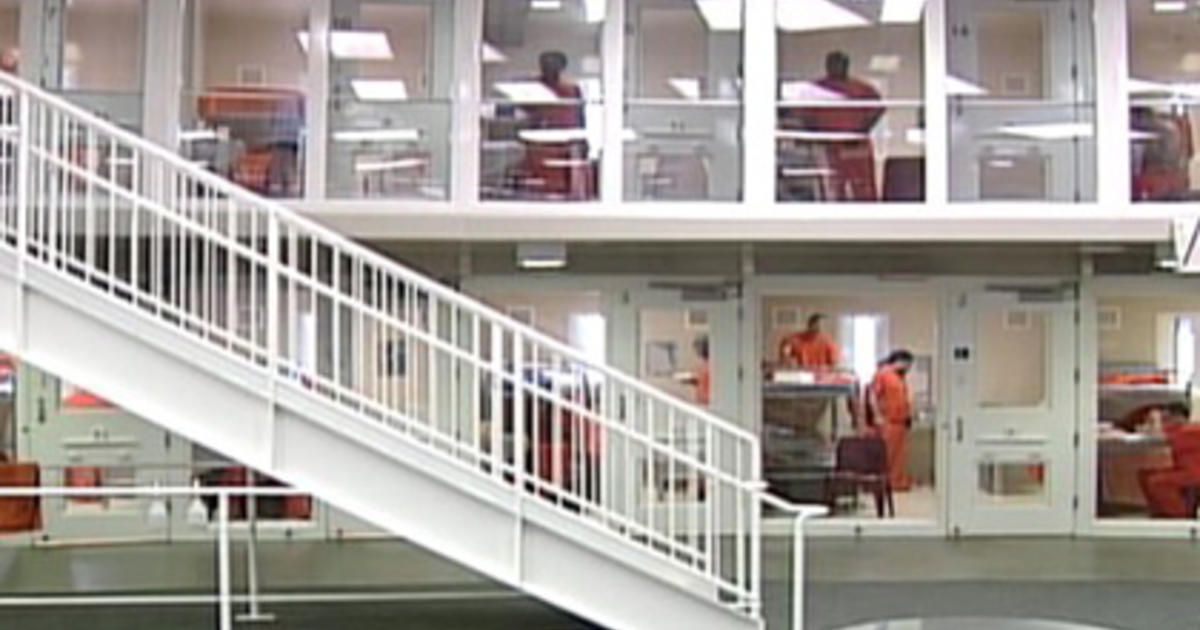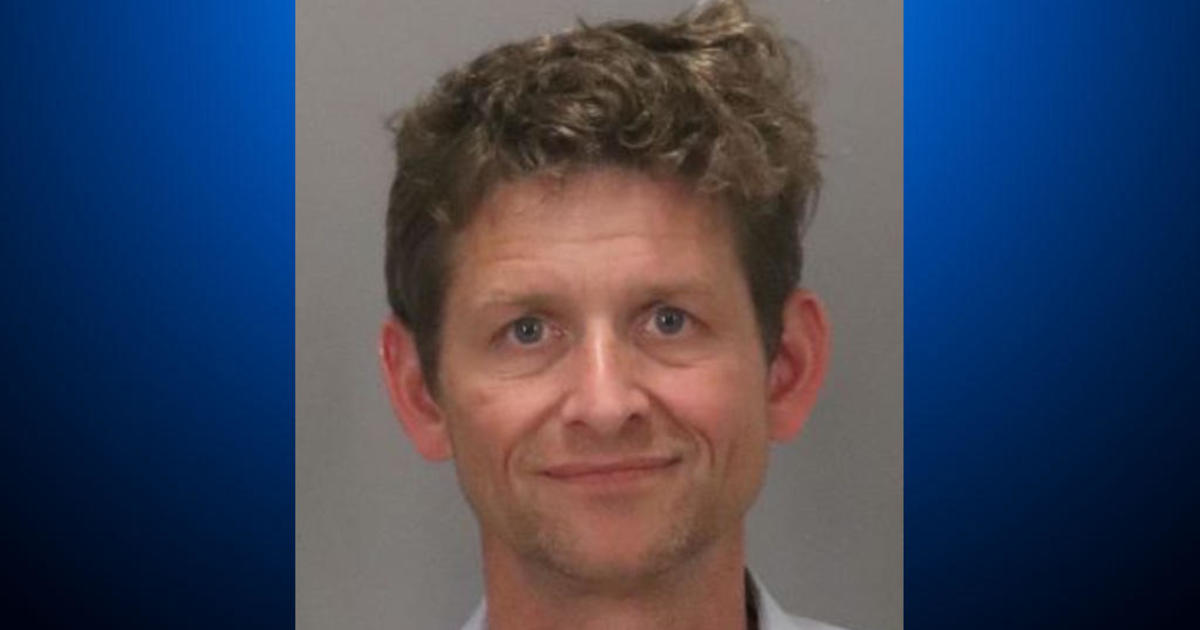High-Speed Rail Changes Proposed, Including Silicon Valley To Merced Link
 SAN JOSE (KCBS/AP) -- California High-Speed Rail Authority officials proposed changes to the system in the Central Valley at a meeting Thursday and reaffirmed the state's commitment to bring the bullet train to Southern California despite a dramatic revision to the business plan that sends the train to Northern California before it heads to the Los Angeles Area.
SAN JOSE (KCBS/AP) -- California High-Speed Rail Authority officials proposed changes to the system in the Central Valley at a meeting Thursday and reaffirmed the state's commitment to bring the bullet train to Southern California despite a dramatic revision to the business plan that sends the train to Northern California before it heads to the Los Angeles Area.
The board had been scheduled to adopt the latest revisions to the $64 billion project at its meeting in San Jose, but instead put off a vote for another week so rail officials could assuage concerned lawmakers and affected residents about the newest changes.
They include shifting the Central Valley starting point to Merced and adding a station in Wasco, near Bakersfield.
"By bringing Merced as part of the extension of our valley to valley line, is unlocking the ridership, and the connectivity between the north San Joaquin Valley, and the Bay Area to attract those additional riders, and keep them as part of our initial operating section," High Speed Rail Spokeswoman Lisa Marie Alley told KCBS.
UC Merced Student Isias was happy to hear about the proposed change.
"It would reduce commute time going from Merced to the Bay Area from a two and a half hour drive to 57 minutes, and it would cut out so many cars, and traffic on the highway," Isias said after attending the meeting Thursday.
Rail Authority Chairman Jeff Morales also told the board that the state will spend $4 billion in Southern California to prepare for high-speed rail there, seeking to reassure worried officials that a recent change in plans calling for the train to head first to San Jose rather than south to Anaheim might mean the train never makes it to the Los Angeles area.
"We've tried to reassure anxious Southern California leaders that the project will still go there, despite the detour," Morales said.
Rail officials have pitched the first segment between the Central Valley and San Jose for $21 billion as the only way to ensure a useable segment gets built with the existing funding available.
It also avoids the expensive and tricky engineering work required to tunnel through the Tehachapi mountains in Southern California and delays those residents' complaints for a while.
The first stretch would begin operating in 2025, three years later and 50 miles shorter than the original planned route that would have first connected to the San Fernando Valley.
The revised business plan has generated renewed criticism from lawmakers and prompted a new wave of oversight legislation, including a bill approved unanimously by the Assembly Transportation Committee this week that would require the rail authority to offer projected financing costs for each segment of its business plan, something it has failed to do so far.
AB2847 by Assemblyman Jim Patterson, R-Fresno, also would require rail officials to explain major changes to the business plan.
Still, Gov. Jerry Brown has remained a supporter of the project, which he maintains will help cut carbon emissions.
The project has about $3.2 billion in federal stimulus funds and nearly $10 billion in bond money approved by California voters in 2008. Lawmakers approved the first long-term funding source in the 2014-15 budget, giving the project about $500 million a year from fees charged to polluters.
The state legislative analyst's office has noted that the rail line lacks a long-term funding source and that the cap-and-trade revenue may have already peaked.



